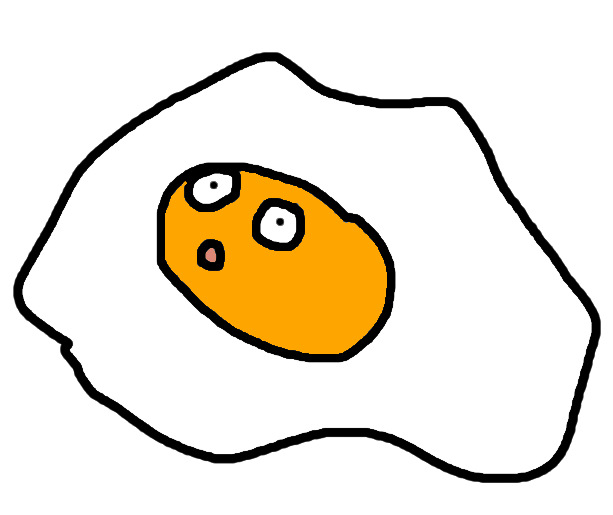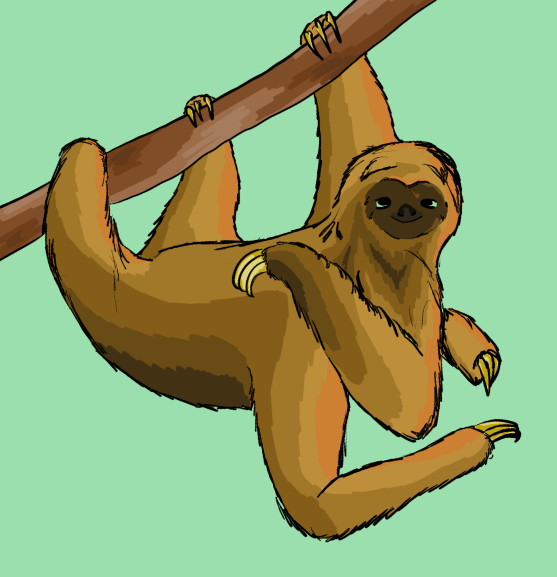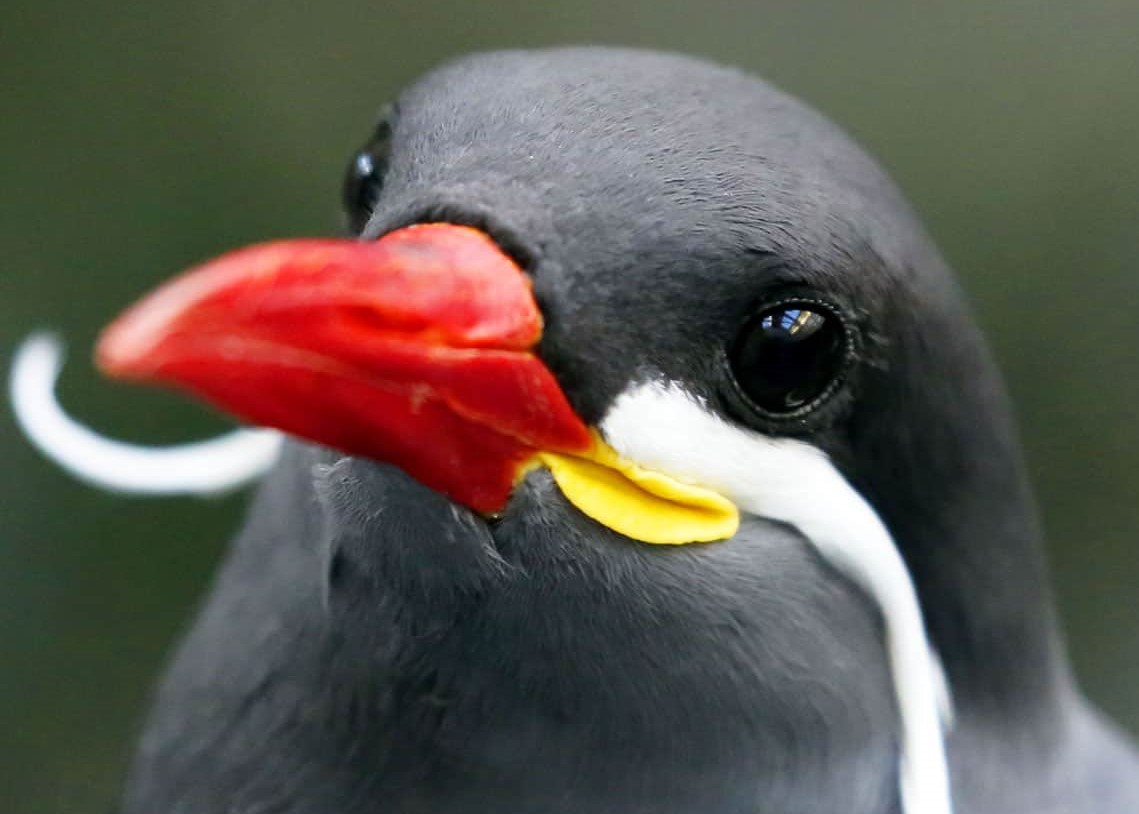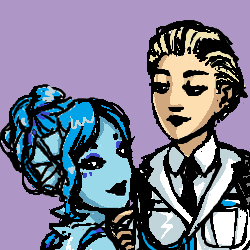Bronze Sloth
The flagship species of Capepo, bronze sloths are ecological heroes and mascots of the planet. They have an exceptional effect on the islands of Barbas, a tropical continent made up of several large archipelagos.
Their brazened fur is thick and stodgy, and as they cling to the tallest of trees they rub their backs on the bark, collecting colonies of micro-organisms that aid in the growth of plant-life. Once every couple of days bronze sloths will swim to another island in large herds. They spread these micro-organisms, and with every mini-migration, breathing new life into each island. They were given the title of Legional Animal of Capepo just three years ago, replacing the ankhar that was the Legional Animal for 7 years prior.
Anatomy
Despite their namesake, bronze sloths are not to related to anything in the suborder Folivora, containing the true sloths. Bronze sloths are adorned with two pairs of arms and a single pair of legs, which bend backwards, revealing their stomachs to the world as they climb up and around trees. Their ribcages are lined with small ridges and bumps which give them better protection against predators.
Their shiny fur is useful for camouflage. Many of the trees native to the islands of Barbas also have a sheen to them, and only when a herd of sloths hug a tree are they really noticeable.
Diet
Bronze sloths are typically a herbivorous species, the vast majority of their diets consisting of leaves and algae. They spend most of their lives either on trees or swimming through coastal waters, both locations rife with food for these animals. To supplement their simple diets, they will consume fruits, nuts, bark, and in complete desperation, the micro-organisms that live on their backs.
Studies on captive bronze sloths have shown the wild variants of this species suffer from an extreme lack of potassium. The lack of potassium in their diets means these sloths frequently experience fatigue, constipation and the frequent passing of urine. Captive bronze sloths are fed potassium supplements to prevent this, as one of the most common reasons for sloth deaths is falling from trees due to fatigue.
Reproduction & Growth

These animals are attentive parents. Bronze sloths will have just one child during a mating season, giving it the best care possible. They will spend two years looking after their offspring until they are ready to produce another.
The gestation period is only three weeks, as the babies are born altricial, meaning they are completely helpless. Neonatal sloths are no more than a penny in size, spending the first few months of their lives hidden within a pouch on their stomachs.
Until they are seven months old these sloths will drink their mother's milk. After this period they move on to consuming leaves mushed up by the mother and father, and once they reach about a year old, they are capable of feeding themselves. Unfortunately, at this stage they are not big enough to fend for themselves, and they only leave the mother's pouch after about two years of age.
Taxonomy
There are three species within the Homonas genus, which make up the Capepan sloths. Their genetic makeup is too dissimilar to true sloths that they can't be put in the same family, or even suborder, so the Homonas genus can be found in the clade Glires, which include lagomorphs and rodents.












Backwards-climbing pseudo-sloths! What a neat concept. Their ecological impact certainly seems to back up their position as Legional Animal of Capepo. I can't wait to see the illustration of these shiny fellows!
Thank youuuu! I was just going to make a regular shiny sloth but I thought no, this needs to be WEIRD.